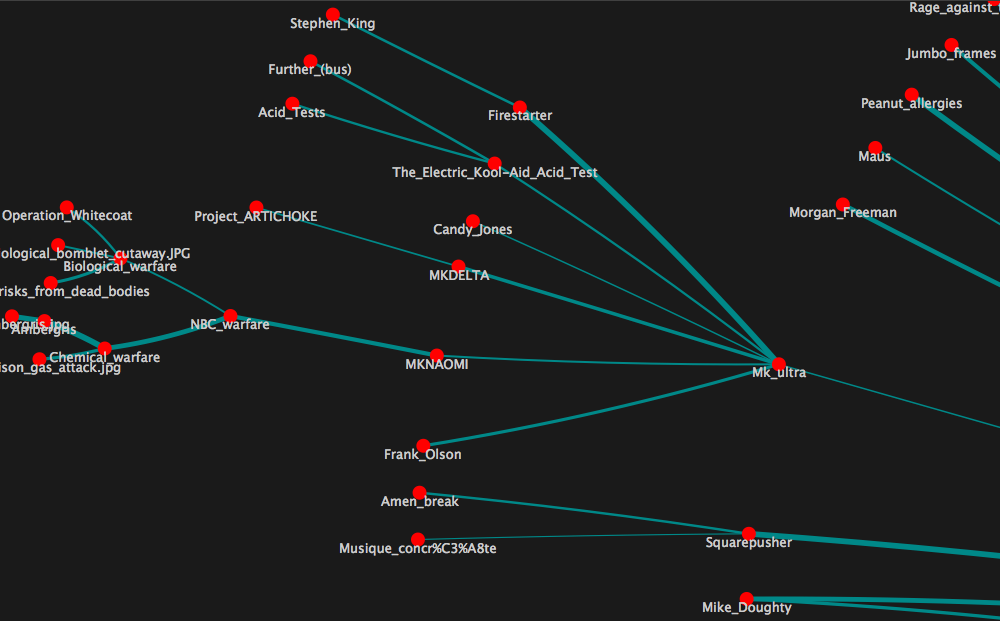

In September 2006 the second line was successfully connected. The first string of photomultiplier tubes was moved into place in February 2006. Equipment indirectly related to the detector such as a seismometer were deployed in 2005. The construction of ANTARES was completed on May 30, 2008, two years after the first string was deployed. On the other hand, water contains more sources of background light than ice ( radioactive isotopes potassium-40 in the sea salt and bioluminescent organisms), leading to a higher energy thresholds for ANTARES with respect to IceCube and making more sophisticated background-suppression methods necessary. As light in water is less scattered than in ice this results in a better resolving power. In contrast to the South Pole neutrino telescopes AMANDA and IceCube, ANTARES uses water instead of ice as its Cherenkov medium. The detection techniques used discriminate between the signature of "upward-going muons", a muon neutrino that has had interactions with matter below the detector (the Earth), and much higher flux of "downward atmospheric muons". ANTARES works by its photomultiplier tubes detecting the Cherenkov radiation emitted as the muon passes through the water. When this happens, they produce a high energy muon. On rare occasions, a few muon neutrinos interact with the water in the Mediterranean Sea. When neutrinos enter the southern hemisphere of the earth, they usually continue traveling directly through it. They are anchored at the bottom of the sea at a depth of about 2.5 km, roughly 70 meters apart from each other. Each one has 75 optical modules and is about 350 meters long.


The array contains a set of twelve separate vertical strings of photomultiplier tubes. The data taking of ANTARES was finished in February 2022, after 16 years of continuous operation. Other neutrino telescopes designed for use in the nearby area include the Greek NESTOR telescope and the Italian NEMO telescope, which are both in early design stages. The experiment is a recognized CERN experiment (RE6). The name comes from Astronomy with a Neutrino Telescope and Abyss environmental RESearch project the acronym is also the name of the prominent star Antares. It is designed to be used as a directional neutrino telescope to locate and observe neutrino flux from cosmic origins in the direction of the Southern Hemisphere of the Earth, a complement to the South Pole neutrino detector IceCube that detects neutrinos from both hemispheres. An artist illustration of the Antares neutrino detector and the Nautile.ĪNTARES is the name of a neutrino detector residing 2.5 km under the Mediterranean Sea off the coast of Toulon, France.

"Experiments with High-Energy Neutrino Beams" (PDF). "The First High Energy Neutrino Experiment" (PDF). "Observations in Particle Physics from Two Neutrinos to the Standard Model" (PDF).


 0 kommentar(er)
0 kommentar(er)
